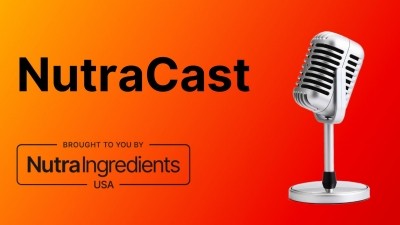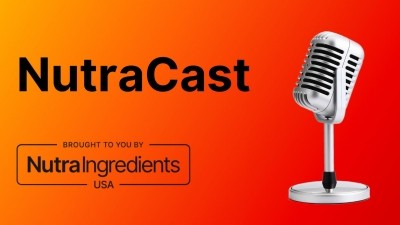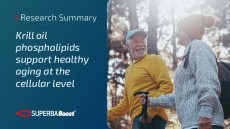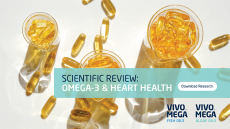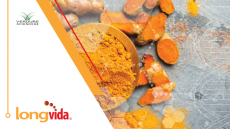NutraCast: Beets by HumanN: Tapping into nitric oxide benefits
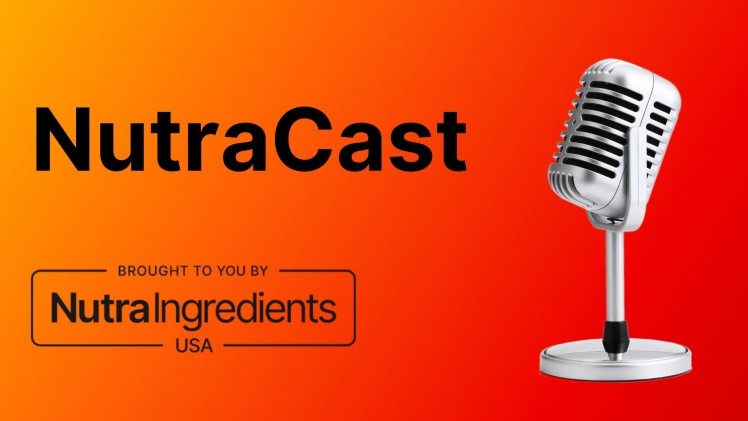
Nitric oxide was first identified as a gas back in 1772 . For much of the time since this discovery, NO, had been considered an atmospheric pollutant. It wasn’t until the late 1980s that NO was discovered as a naturally occurring, blood vessel-signaling molecule. For this, three American scientists won the Nobel Prize in 1998. This award caught the attention of Joel Kocher. After learning about its ability to address a broad range of health needs by supporting blood flow in different ways, Kocher saw an opportunity. As a lifelong athlete, he had first-hand knowledge of how supporting blood flow could affect everything from physical endurance to everyday health. Motivated by the potential of Nitric Oxide, Kocher created HumanN, which taps into the power of beets.
“It's probably a little bit unusual to have somebody become an entrepreneur later in life like I did, but the inspiration around affecting human health for the better and really changing people's lives has given me a second career, and I'm loving every minute of it,” said the Dell executive.
HumanN is used by thousands of medical professionals and more than 120 professional and college sports teams.
Kocher said he attributes the success to the company’s commitment to nitric oxide science, which is also a challenge for HumanN to communicate.
“We want to communicate the science because we believe that the science is critical,” said Kocher. “We make the trials available if they want to read the clinical data, but I wish more people were interested in it because…understanding a little bit of the science or at the very least knowing and having the confidence that the company has made the necessary investments in science is important.”
To hear more on the science behind NO and why so many athletes are using it, listen to the NutraCast.
If you enjoy listening to the NutraCast, feel free to leave a review. You can subscribe on iTunes, Spotify, Stitcher or wherever you get your podcasts.


